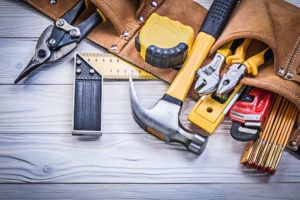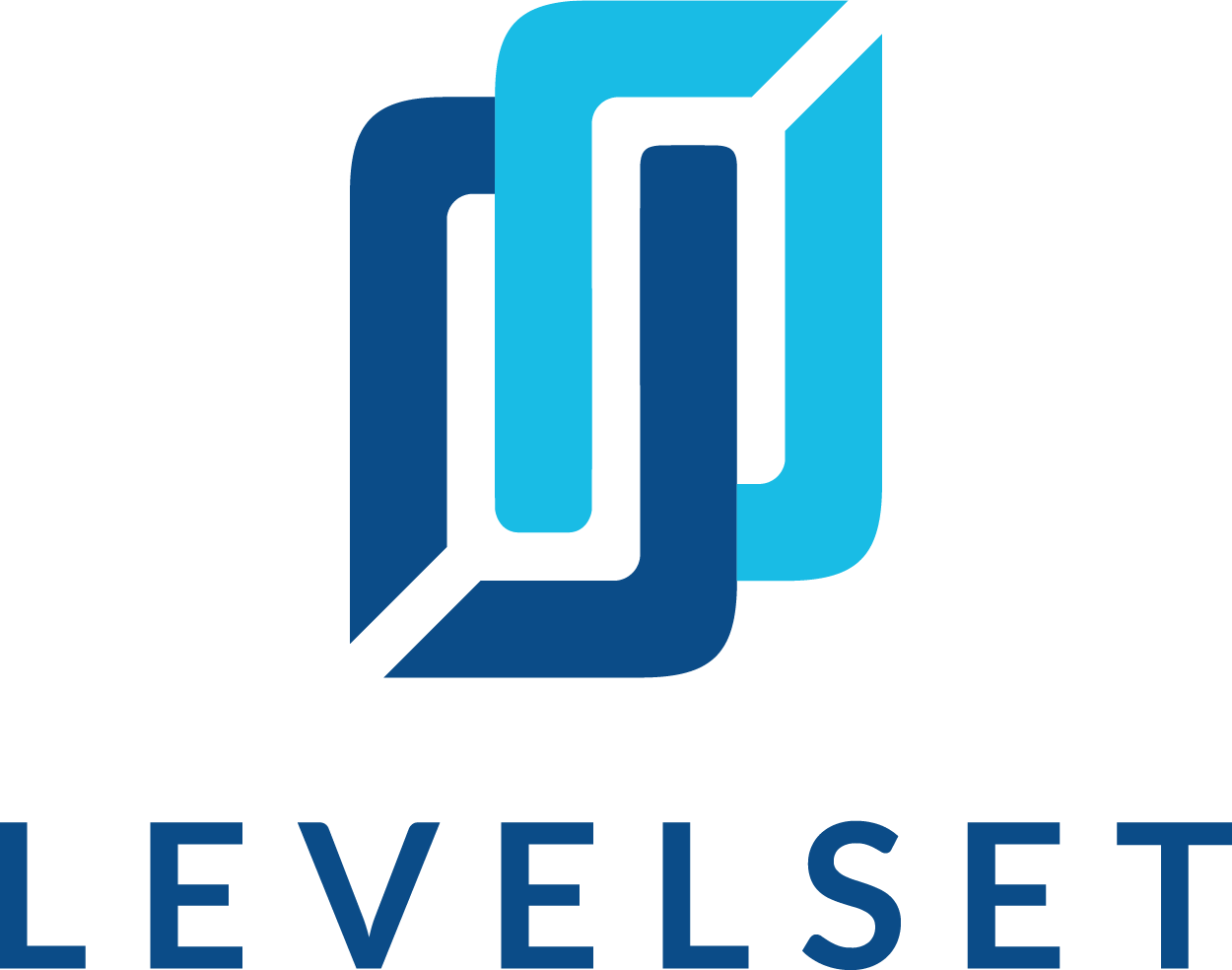
Even in an industry in which payment problems are an acknowledged and visible issue, most invoices or pay-apps end up getting paid. It’s easy to bemoan the problems associated with payment in the construction industry – after all, they must be obvious as a whole mess of vendors (and a portion of a construction participant’s own workforce) are dedicated to helping construction companies get the money they’ve already earned in the door.
Getting paid is the most crucial aspect of any business, so it makes sense that a large amount of time and effort is focused on making sure it happens. In order to optimize a construction participant’s cash-flow, two things in the realm of accounts receivable and/or collections management are generally considered: (i) Getting invoices paid faster; and (ii) Reducing the number of invoices that are written off as uncollectible.
While these are ostensibly two separate goals, they are fundamentally linked. The longer an invoice goes unpaid, the greater the chance of it eventually being written off as a bad debt. This seems obvious, but the extent of the correlation (and how quickly it appears) can be surprising.
In fact, in response to survey data about business to business receivables, 52% of the receivables more than 90 days overdue were eventually written off as uncollectible bad debt.
Getting Paid and Associated Cash-Flow Problems in Construction
Both of the areas of concern mentioned above (getting paid on time, and getting paid at all) are directly relevant to one of the construction industry’s most troubling problems – cash flow – and it’s trickle-down effects on companies and projects. Maintaining adequate cash flow is always important, but it is especially significant in the construction industry, where many project participants are forced to float significant project costs. The difficulty of collecting outstanding invoices is a thorny problem. In the same survey noted above, respondents admitted that 42.5% of receivables were past due at the time of the survey.
While there are many reasons invoices go unpaid, or are paid slowly (and late), the complexity of processing payments in the construction industry makes the issue a vicious circle. The number of parties through whom the money must pass, the complexity of the pay-apps necessary to get paid, the obligation to exchange legal documents on every payment, and more all combine to make construction payment the mess it is (or at least can be).
Despite these inherent risks, however, there are steps that can be taken to combat these challenges.
How To Optimize Your Cash Flow & Get Paid
While the general playbook for minimizing credit and payment default risk is well-worn, many of these traditional steps (credit checks, generalized collections departments, etc.) may not be enough in the construction industry.
There are, however, tools specifically developed for the construction industry that are available and effective. Most obviously, the use of security rights (mechanics lien rights and bond claims) can do wonders for a construction company’s cash flow. Secured extensions of credit get paid much more often than unsecured extensions of credit. And, remaining in a secured position (meaning, maintaining your lien rights on a project), and letting the applicable parties know about it by sending preliminary notice, generally results in getting paid more quickly.
In specific response to the challenges and unique circumstances of the construction industry, everyone who supplies materials, equipment, or labor to a construction project has the right to virtually guarantee payment through the use of mechanics liens or bond claims – provided they follow the necessary steps. Further, the mere act of providing the required notices gives a company’s invoices or pay-apps a bump up in urgency to the paying party.
Late payment can become a thing of the past if these steps are followed on every project:
- Send preliminary notice
- Send notice of intent to lien, if needed
- File lien/bond claim, if needed
- Send notice of intent to foreclose, if required
- Initiate foreclosure/enforcement lawsuit
This built-in ability to secure payment through the project itself provides construction industry participants with a unique ability to combat cash flow issues and late payment. A solid and routinely followed credit and collections policy that includes the use of notices and lien/bond claims can be the difference between getting paid on time, getting paid late, or not at all.
